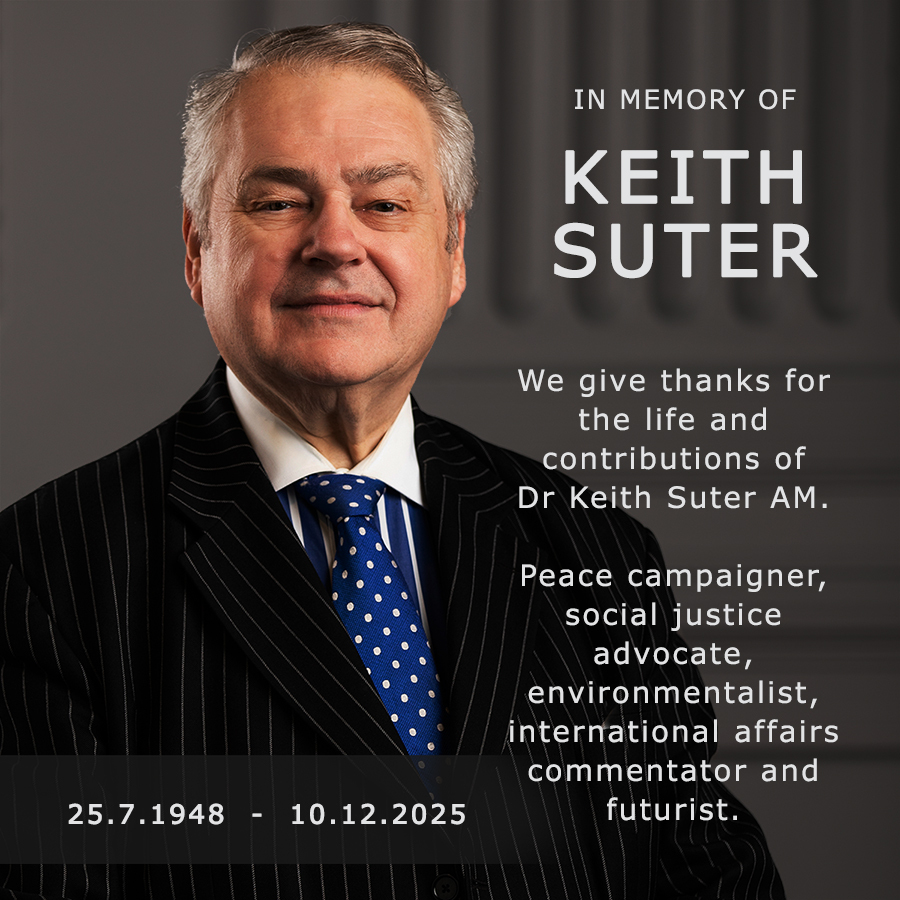
Archive Article: When Are We Old? 12 April 02.
December 30, 2008
In the United States, a person turning 100 used to be congratulated by name on the TV programme “Good Morning America’. Now there are so many Americans turning 100, a person has to be 105 before they get this national recognition.
One of the great achievements of the 20th Century was the extension of life expectancy. There was a total gain in western developed countries of 25 years between 1899 and 1999. This increase in life expectancy was equivalent to what the human race had acquired over the previous 5000 years. Now that there is increased medical research (such as the stem cell) we can expect that life expectancy figure to increase still more.
What, then, does it mean to be “old”? The Geneva Association – the International Association for the Study of Insurance Economics – conducts research on social security, insurance and retirement. It has been a pioneer to alerting us to the economic implications of people living longer.
The Geneva Association does not see the ageing of western populations as a catastrophe but instead it provides a positive challenge for our communities, companies and for the workforce within them.
It has identified “four pillars” for financing older people. They are, first, the compulsory, pay-as-you-go state pension; second the supplementary occupational pension (which in Australia has been the vast superannuation boom), the third consists of individual savings and investments that a person may have, and the fourth is the need for more flexible work patterns (rather than an automatic exit from the workforce at 60 or 65).
However, as the current Newsletter of the Geneva Association points out, there is still the question of when does a person actually get “old”? It has examined some French research that suggests that “old age” is “the time when the population starts suffering from real incapacities”. Thus, “old age” has been in retreat throughout the 20th century. In 1930, the figures were 60 years for men and 65 for women. In the 1990s the figures were 71 years for men and 77 for women. At this rate, by the year 2040 the figure will be about 82 years.
This means that the pattern of life should be changed. The technical term is “age-based distribution of activities”. Under the present system, a person moves through three stages in life: education and training (at school and possible university), work, and then retirement.
The Geneva Association suggests that there should be a very different structure. A person would have three strands through almost all their life: education and training (with education never stopping until the death of a person), work (in a variety of formats) and family, leisure and community.
This structure would not be completely new to humankind. Rural people often worked right through to the end of their lives, learning new farming techniques etc. (The big difference now of course is that a person would live longer on average than a farmer would have done.)
The Geneva Association therefore has some challenging comments for all societies, not the least here in Australia, on how we need to think about the positive implications of an aging society.
Broadcast On Friday 12th April 2002 On Radio 2GB’s “Brian Wilshire Programme” At 9pm And On 14th April 2002 On “Sunday Night Live” At 10.30pm

